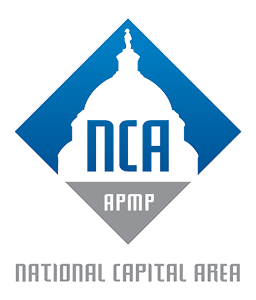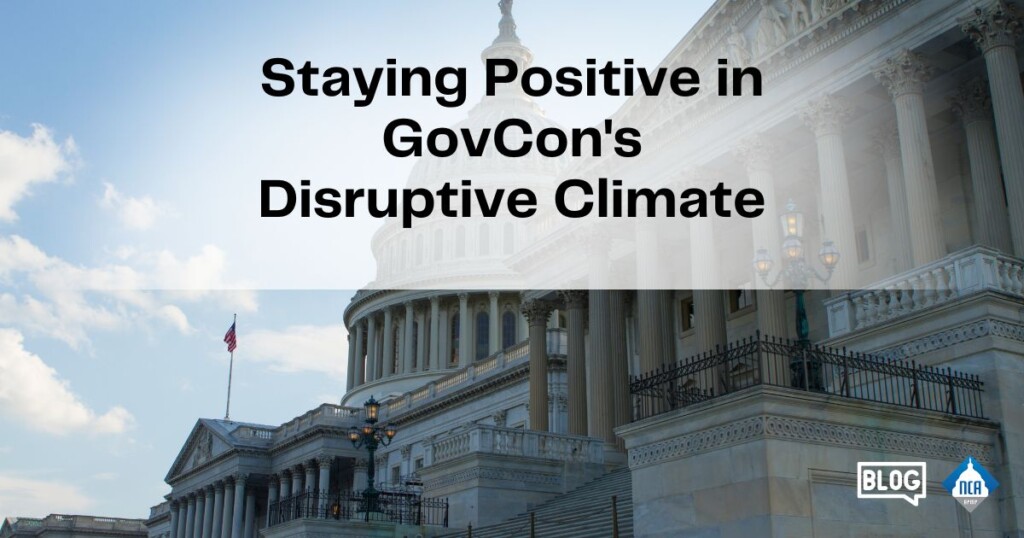At this year’s Bid and Proposal Con in Orlando, I was fortunate to lead a panel around how to best ask questions of your Government customer. Joined by Alex Cuccaro of Richter & Co, and Jeff Leitner of Red Team Consulting, we spent a lively hour discussing the best methods to drive your customer to answering questions around live solicitations in a way that can best benefit your organization.
What’s the Purpose of Asking Questions?
In asking questions, it’s crucial to know what your end goal is. Generally, we want to ask questions that clarify our customers’ intentions and expectations, correct any inconsistencies within RFPs, and drive to a better product for both you and your customer. Remember, the better your understanding, the better your proposal!
What Makes a Good Question?
Generally speaking, we want our questions to adhere to the below principles.
- Specific, straight forward, and to the point
- Cite solicitation language
- Accurate spelling and grammar
- Level the playing field (if you’re not the incumbent)
- Confirmation statements – drive the customer to yes!
I’d like to take a moment to really hammer home that last point. When writing questions, we can write them to be very open ended, or we can write them to make it easy for a customer to say “Yes” to. It’s psychologically easier for most people to say “Yes” than “No”, and giving your customer the option to do that off the bat will generally put them in a more positive mindset through the rest of your questions.
What Makes a Bad Question?[intense_blockquote width=”33%” rightalign=”1″]Successful bidders know how to get as much information as possible through thoughtful questions – and on the flip-side, when to remain silent.[/intense_blockquote]
Whoever said “there’s no such thing as a bad question” was clearly not in the proposal business! The below bullets are a broad overview of the things we’d like to avoid when speaking to the customer in general, and especially during the questions phase of an RFP.
- Asking a question that is clearly answered in the solicitation
- We’ve all seen the Government say “Please see RFP”. A trick I like to use when I get questions from stakeholders, prior to submitting to the Government, is to sit down and try to answer them myself from the solicitation documents. I often find that I can drastically reduce the amount of questions we need to ask through this step.
- Giving away your solution
- We shouldn’t ask the customer “Will you accept X or Y as a solution?” Not only should we already know the answer to this question through Capture, it unnecessarily gives our competition more information than they need, and potentially gives them ideas they hadn’t previously thought of themselves.
- Long-winded, and questions within questions
- If you have a multi-part question, that’s fine. As we all know, the work we do in our various industries can be quite complex. However, if you write a paragraph, asking four questions and six sub-questions within a single sentence, and the customer simply says “Yes”, you don’t have a usable answer. Try to break your questions up into their constituent parts and ask them sequentially, even labeling parts A, B, C, etc.
- Asking a customer to do your capture work
- This is the “is there an incumbent” question that gets asked in every solicitation process. If you’ve got to ask your customer questions during the RFP that you should already know from Capture, then the question should be “Why are we bidding this?”
- Asking a customer if they are biased toward a competitor
- This ties in with the next bullet. Don’t ask your customer whether they’ve already chosen a winner. First of all, they’ll never say yes. Secondly, you’re impugning their impartiality and insulting their intentions. Even if they have an internal bias, there is absolutely nothing to be gained by asking this question.
- Being rude or unprofessional
- Remember that even though the customer releases answers to questions without attribution to the contractor asking them, they see who asks what, and you risk alienating the evaluation board. This is professional communication, don’t forget to act as such.
- Hobbling Questions
- This is a broad category, but my favorite “Will the Government provide a font requirement” when they didn’t provide one to start with falls into this category. If the Government didn’t provide a font requirement or margins, use this to your advantage!
Tips to Improve Your Question Game[intense_blockquote width=”33%” rightalign=”1″]Remember, the better your understanding, the better your proposal![/intense_blockquote]
There are a few things you can use to improve your questions process. First, have a process. This will vary from organization to organization, but generally you want a single POC to collect questions and then a small team review of stakeholders. I try not to loop in every single person on the team, just in the interest of time. Keep your group to those with SME expertise and a true stake in the outcome, generally Capture, Proposals, Operations leads, Pricing, and Contracts. Once you’ve gone through and applied best practices to the questions, make sure they’re formatted. That brings us to our second tool, a questions template. Include information to make it easy for the customer to answer, like RFP reference, page number, paragraph, and specific language. I also like to include an internal column for questioners to provide their rationale behind asking the question to aid in review. Finally, set realistic deadlines. If time permits, I like to have questions due to the single POC two days before they’re due to the Government, then a day for review and discussion, and finally submitting prior to the due time by a few hours at least to give time for last-minute issues.
Conclusion
Successful bidders know how to get as much information as possible through thoughtful questions – and on the flip-side, when to remain silent. By applying the above tactics, you can influence the solicitation and improve your position. Additionally, be sure to document all assumptions you’ve made ahead of getting answers. If the answers come through too late, make sure you have a backup plan. Be prepared for any response, good or bad. Don’t ask questions you’re not prepared to get a negative answer to! If the answer could come back and derail you, sometimes it’s safer to make an assumption. And finally, don’t forget to DRIVE YOUR CUSTOMER TO SAY YES!



